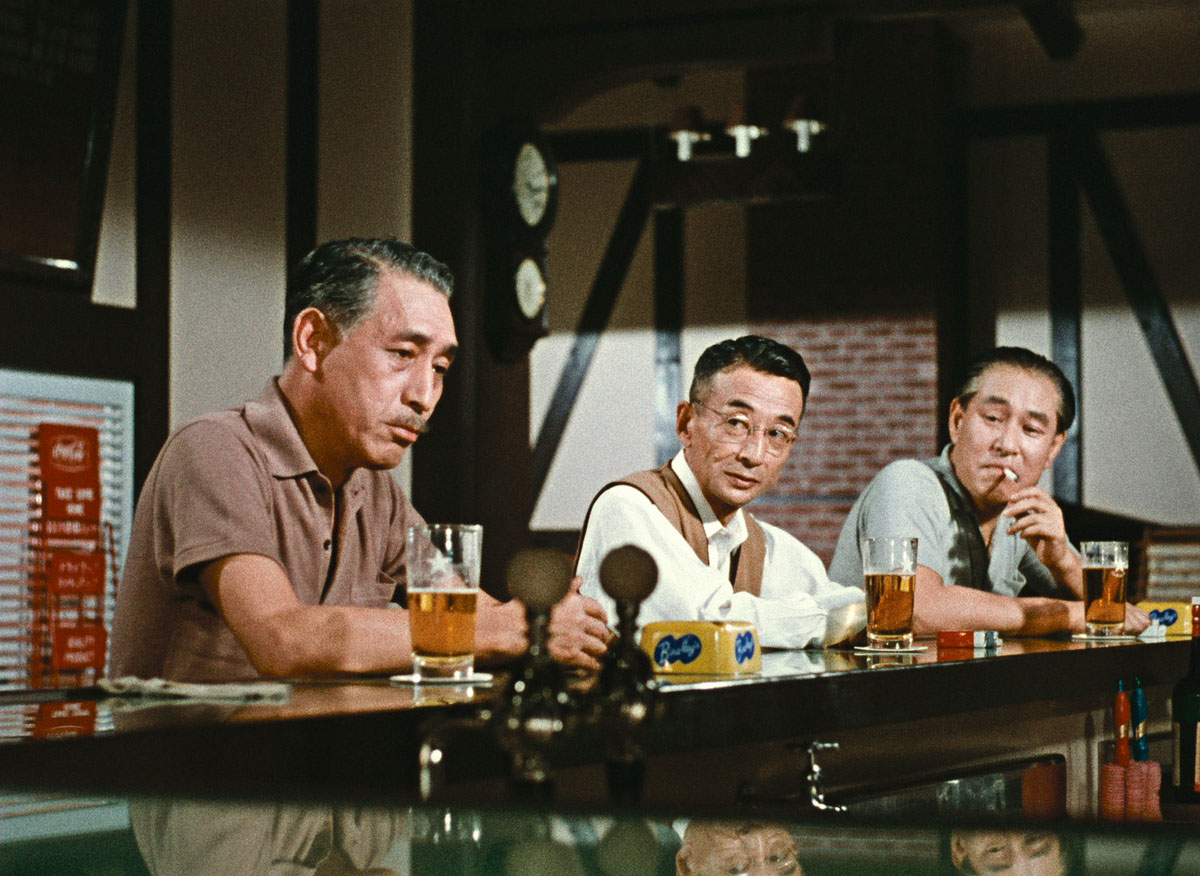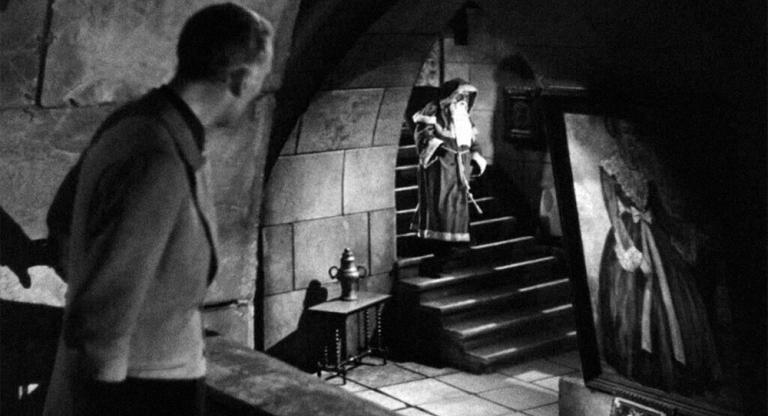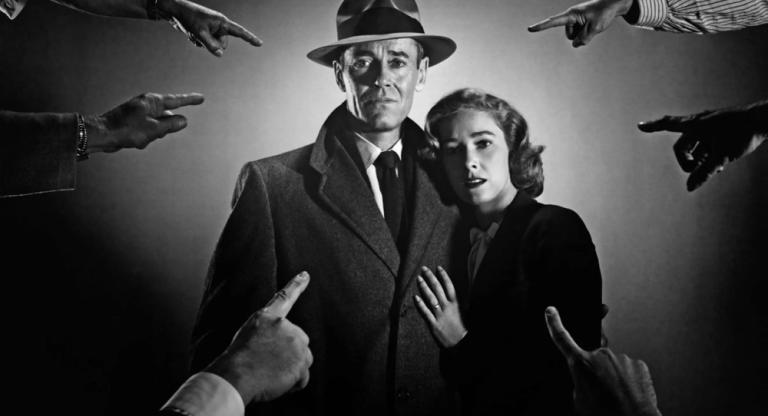A group of boys playing baseball, diner-style coffee shops, Gary Cooper; fragments of American pop culture weave their way into Yasujiro Ozu’s post-war Japan. Japan had opened its doors for international diplomacy and trade in the Meiji period, but it was during the American occupation following World War II that Western ideas took hold of the country’s politics and urban society. Media censorship limited public expression of nationalism and teachings of traditional Japanese values, but old ideas such as “Good Wife, Wise Mother”—a set of gendered expectations that equates domestic work with nation-building—persisted. It was this clash between modernization and tradition that set the social context for Ozu’s Late Spring (1949) and Late Autumn (1960).
Filmed 11 years apart, the two films tell a similar story about a young woman reluctant to marry and a widowed parent who feels compelled to send their daughter off. The close-knit relationship between parent and child is threatened when friends and family intervene to find the daughter a potential husband. As in many of Ozu’s films, discord arises across generational lines.
Though Late Autumn can be considered a revisitation of Late Spring, their similarities stop at thematic and narrative parallels. In Late Spring, the relationship between the widowed father and unmarried daughter is the core of the film. Noriko (Setsuko Hara) and her father Shukichi (Chisu Ryu) live a simple and happy life under one roof but are eventually forced apart by gendered social pressures. Subtle performances express their dawning realization that separation is inevitable, and their longing to stay together remains unspoken. Editor Yoshiyasu Hamamura likes to linger on shots of faces and random objects, setting a languid pace. While many of Ozu’s stories include subplots featuring a variety of characters, Late Spring dwells on Noriko’s point of view for most of the film, creating an emotional and intimate portrayal of family dynamics.
Late Autumn takes on a different tone, framing a story of mother-daughter strife through outside perspectives. Three men, long-time friends of the deceased father, meddle with the personal lives of recently widowed Akiko (Setsuko Hara) and her daughter Ayako (Yoko Tsukasa), causing miscommunication and conflict between the two women. Late Autumn is rather lighthearted compared to its predecessor, with the three schemers’ drinking sessions often interrupted by gags.
Ozu’s signature use of film language—the low-level tatami shots, frame-in-frame compositions, and the occasional still images of hanging laundry—adds a gentle touch to his stories; they are not always serious, but always marked with a deep warmth.
Late Spring and Late Autumn screen this afternoon, December 18, at Anthology Film Archives as part of the series “Yasujiro Ozu.” The former will screen again on December 21.



